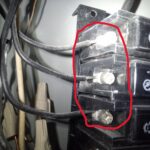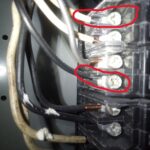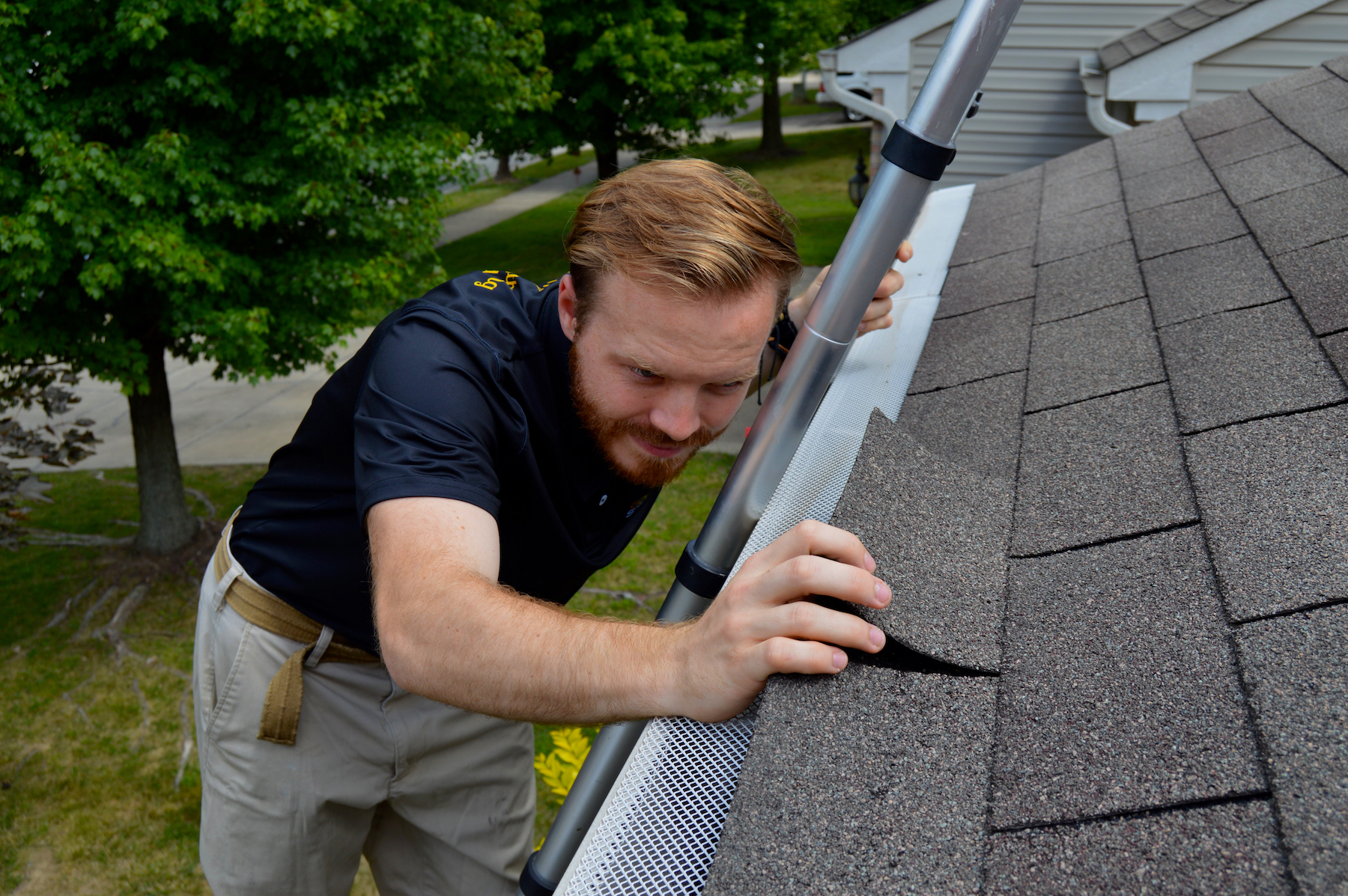Understanding Single Strand Aluminum Wiring: Hazards and Safety Concerns
Single strand aluminum wiring was commonly used in homes built from the 1960s through the early 1970s as a cost-effective alternative to copper wiring. While it might have seemed like a practical choice at the time, this type of wiring has some safety concerns that homeowners should be aware of.
What is Single Strand Aluminum Wiring?
Single strand aluminum wiring consists of one solid aluminum conductor. Unlike copper, aluminum has a higher resistance and is more prone to oxidation, which can lead to various electrical issues. While it was initially popular due to lower material costs, many homes with this type of wiring are now facing safety hazards.
Hazards Associated with Single Strand Aluminum Wiring
According to the U.S. Consumer Product Safety Commission (CPSC), single strand aluminum wiring has a documented history of several safety issues, including:
1. Loose Connections
Aluminum expands and contracts more than copper when heated. This characteristic can lead to loose connections over time, which are a primary cause of electrical failures. Loose connections can increase resistance at the joint, leading to overheating.
2. Arcing
When connections are loose, they can create arcing – an electrical discharge that occurs when electricity jumps between gaps in a circuit. Arcing is extremely dangerous as it can ignite nearby materials, creating a fire hazard.
3. Overheating
Due to its higher resistance, single strand aluminum wiring can overheat more easily than copper wiring. Overheating can occur at connections or along the wiring itself, leading to insulation breakdown and potential fires.
4. Fires
The combination of loose connections, arcing, and overheating increases the risk of electrical fires. The CPSC has noted that homes with aluminum wiring are at a higher risk of fire incidents compared to those with copper wiring.
Safety Precautions
If your home has single strand aluminum wiring, consider taking the following precautions:
- Inspection: Have a licensed electrician inspect your wiring. They can assess the condition and identify any potential hazards.
- Upgrading: If possible, consider upgrading to copper wiring. While it may involve a higher upfront cost, it can significantly enhance safety and reduce fire risks.
- Connections: Ensure that all connections are properly installed and maintained. Use specialized connectors designed for aluminum wiring to reduce the risk of loose connections and arcing.
Conclusion
Single strand aluminum wiring poses safety hazards that homeowners should not ignore. With an established history of loose connections, arcing, overheating, and fires, it is crucial to take proactive measures to ensure the safety of your home. For more information on electrical safety and wiring hazards, visit the U.S. Consumer Product Safety Commission.
By staying informed and taking the necessary precautions, you can protect your home and loved ones from the dangers associated with single strand aluminum wiring.










